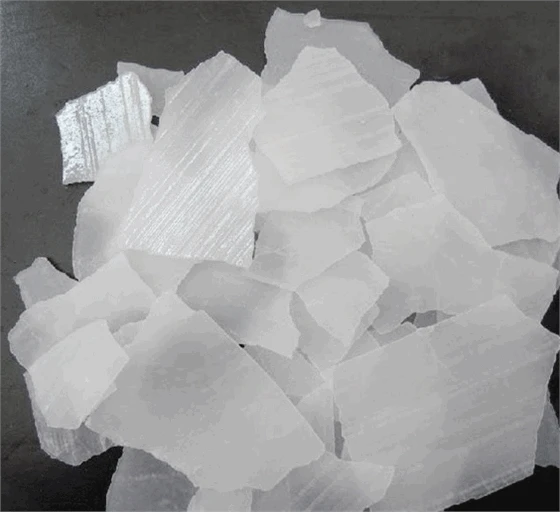



Preparation of 0.001% Sodium Hydroxide Solution for Laboratory Use
Understanding the Importance of 0.001% NaOH Solution in Chemical Experiments
Sodium hydroxide (NaOH), commonly known as lye or caustic soda, is a highly versatile chemical used in various applications, from industrial processes to laboratory experiments. The concentration of sodium hydroxide in a solution can greatly influence its reactivity and suitability for specific tasks. In this article, we will discuss the significance of a 0.001% NaOH solution in chemical experiments, exploring its preparation, uses, and implications in various fields.
Preparing a 0.001% NaOH Solution
To prepare a 0.001% NaOH solution, one must first understand the weight/volume percentage, which is a common way to express concentrations. A 0.001% solution means there is 0.001 grams of NaOH per 100 milliliters of solution. Although this concentration might seem minimal, it is essential for several sensitive applications.
To prepare this solution in the laboratory, one would begin with high-purity NaOH pellets. First, measure out 0.001 grams of NaOH using an analytical balance for precision. Next, dissolve this amount in distilled water to a final volume of 100 milliliters in a volumetric flask or a suitable container. It is crucial to mix thoroughly to ensure complete dissolution of the NaOH. Proper labeling of the solution is also important to avoid any confusion in future experiments.
Applications in Chemical Experiments
1. pH Adjustment A 0.001% NaOH solution is often used in experiments that require precise pH adjustments. Many biological and chemical processes are pH-sensitive, and maintaining a specific pH range is vital for the success of various reactions. This dilute NaOH solution can effectively raise the pH of samples without introducing significant alkalinity that may alter the system.
2. Buffer Solutions In biochemical experiments, buffers are crucial for maintaining consistent pH levels. A 0.001% NaOH solution can be part of a buffering system, helping to stabilize the pH, especially in enzymatic reactions or cellular studies where slight pH changes can lead to considerable variations in results.
0.001 m naoh

3. Cleaning Agents In many laboratory settings, particularly those involving glassware, a diluted NaOH solution can act as a cleaning agent. Its mild alkaline nature allows for the effective removal of organic residues without damaging the equipment.
4. Titration Processes In titration experiments, particularly acid-base titrations, using a dilute NaOH solution can help achieve more accurate results. A 0.001% concentration allows for slow and controlled addition, minimizing the risk of overshooting the endpoint.
5. Testing Ion Concentrations The use of a low concentration NaOH solution is also beneficial in qualitative analyses, such as testing for the presence of certain metal ions. The reaction of NaOH with these ions often leads to the formation of precipitates, which can be used to identify and quantify various substances.
Safety and Handling
Despite its diluted nature, safety precautions are essential when working with NaOH solutions. Even at low concentrations, exposure can cause skin irritation and damage to mucous membranes. It is advisable to wear gloves and safety goggles and to work in a well-ventilated area. Additionally, proper disposal of any NaOH solution, even at low concentrations, should be conducted following local environmental regulations.
Conclusion
The significance of a 0.001% NaOH solution in chemical experiments cannot be underestimated. Its versatility allows it to play a crucial role in maintaining pH, facilitating clean-ups, assisting in titrations, and participating in buffer systems. While the concentration is low, its impact on reactions and processes in the laboratory is considerable. Understanding how to prepare and utilize such a solution effectively is vital for chemists, biochemists, and researchers to ensure the success of their scientific endeavors. As with all chemicals, respect and careful handling of sodium hydroxide solutions, even in diluted forms, are essential for safety and accuracy in the laboratory.
-
Why Sodium Persulfate Is Everywhere NowNewsJul.07,2025
-
Why Polyacrylamide Is in High DemandNewsJul.07,2025
-
Understanding Paint Chemicals and Their ApplicationsNewsJul.07,2025
-
Smart Use Of Mining ChemicalsNewsJul.07,2025
-
Practical Uses of Potassium MonopersulfateNewsJul.07,2025
-
Agrochemicals In Real FarmingNewsJul.07,2025
-
Sodium Chlorite Hot UsesNewsJul.01,2025










